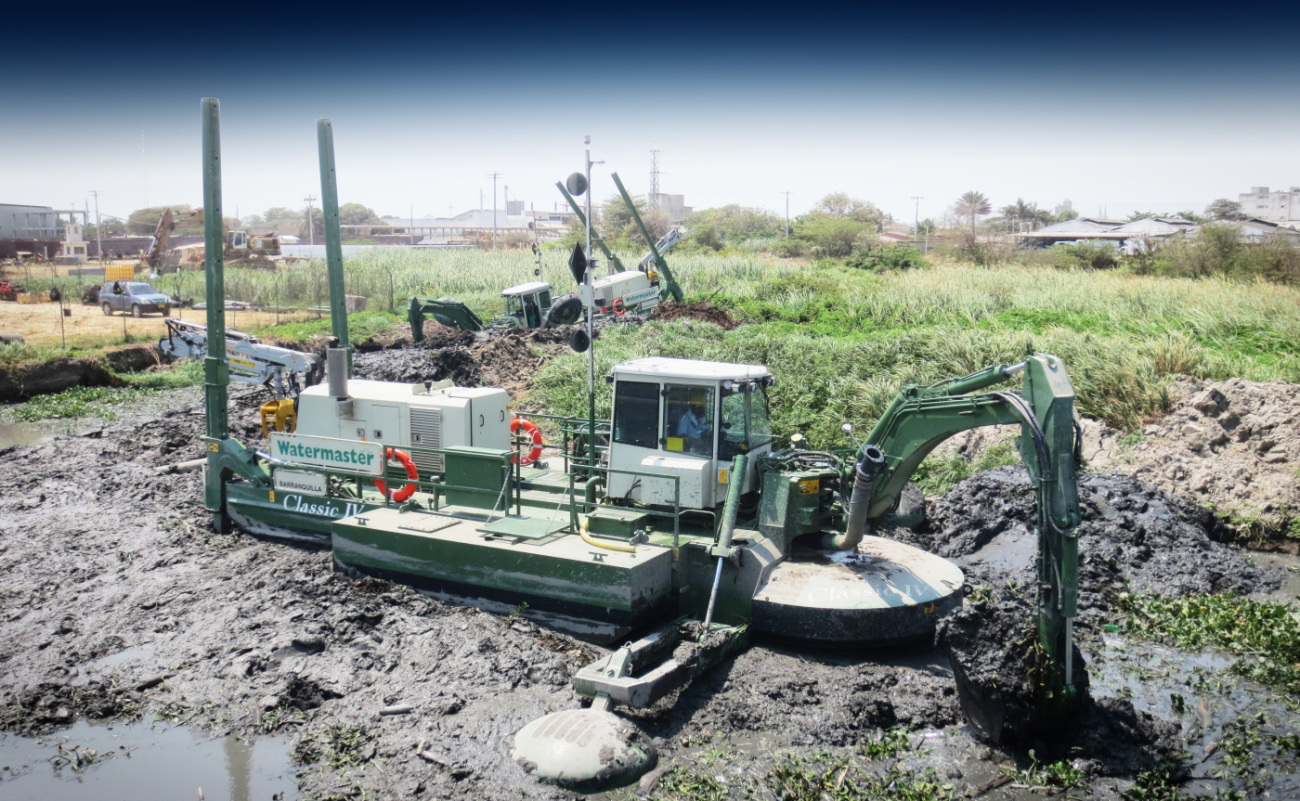Exploring the River Environment:
Maintaining navigable waterways is crucial for transportation, commerce, and environmental health. In regions where rivers have shallow banks, dredging becomes a vital operation to ensure continued accessibility. Let’s delve into the educational aspects of maintaining dredging operations in such environments.
Before initiating dredging activities, it’s essential to conduct a comprehensive survey of the riverbed. This survey helps identify shallow areas, sediment accumulation zones, and potential obstacles. Students studying environmental science or hydrology can gain practical insights by participating in or observing such surveys.
Dredging Equipment and Techniques:
Dredging equipment and techniques refer to the machinery, tools, and methodologies used to remove sediment, debris, and other materials from water bodies such as rivers, lakes, and harbors. This process, known as dredging, is essential for maintaining navigable waterways, preventing flooding, and restoring ecosystems.
Students interested in engineering or marine sciences can learn about the various types of dredging equipment suited for shallow waterways. For instance, smaller and more agile dredgers like cutter suction dredgers or clamshell dredges are preferable for navigating shallow banks. By understanding the mechanics behind these machines, students can appreciate the engineering solutions employed in dredging operations.
Environmental Stewardship:
Environmental stewardship in dredging maintenance techniques refers to the responsible and sustainable management of dredging operations to minimize negative impacts on the environment while achieving project objectives. This involves considering and mitigating potential environmental risks associated with dredging activities, such as habitat disturbance, sedimentation, water quality degradation, and disruption to aquatic ecosystems.
Monitoring water quality parameters, such as turbidity, dissolved oxygen, and nutrient levels, to assess the potential impacts of dredging activities on water quality. Implementing measures to minimize water quality impacts, such as controlling sediment runoff and managing dredged material disposal.
Erosion Control and Habitat Protection:
Erosion control and habitat protection are critical components of dredging maintenance techniques aimed at minimizing environmental impacts and preserving the integrity of ecosystems in and around dredged areas.
To prevent sediment from spreading into surrounding areas during dredging, sediment containment structures such as silt curtains or turbidity barriers are often deployed. These barriers act as physical barriers to contain sediment within the dredging area, minimizing its impact on water quality and adjacent habitats.
Monitoring and Adaptation:
Monitoring and adaptation are essential components of dredging maintenance techniques aimed at ensuring that dredging operations are conducted efficiently, effectively, and with minimal environmental impact. Dredging projects typically employ real-time monitoring systems to track various parameters such as dredge position, dredged material volume, water quality, and sediment concentration. These monitoring systems utilize technologies such as GPS, sonar, and water quality sensors to provide accurate and up-to-date information on dredging activities and their potential impacts.
Community Engagement and Stakeholder Participation:
Community engagement and stakeholder participation are crucial aspects of dredging maintenance techniques that involve actively involving and collaborating with various stakeholders, including local communities, government agencies, environmental organizations, and other relevant parties. Engaging with local communities and stakeholders helps identify their concerns, priorities, and interests regarding dredging activities. This may include concerns about environmental impacts, navigational safety, economic benefits, or cultural heritage preservation. By understanding these concerns, dredging operators can develop strategies to address them effectively.
Maintaining dredging operations in rivers with shallow banks requires a multifaceted approach that integrates engineering, environmental science, ecology, and community engagement. Through interdisciplinary education and practical learning experiences, students can appreciate the complexities of managing water resources sustainably while balancing human needs and environmental protection.
